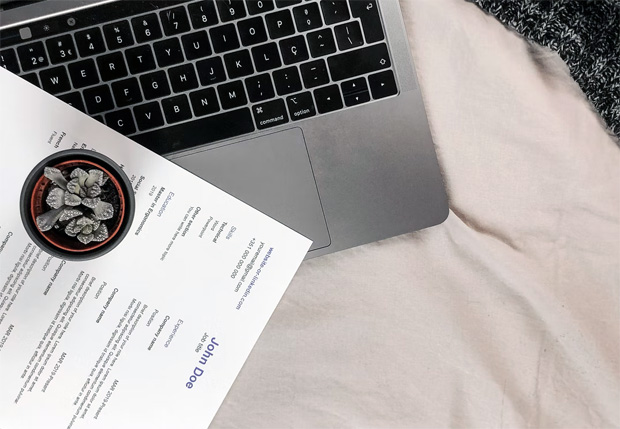How to Include Hobbies on Your Resume in 2022

How to Include Hobbies on Your Resume in 2022
It’s 2022. Should you still be including hobbies on your resume? If you are using a resume template that includes a “Hobbies and Interests” section to craft your resume, you may be wondering.
First, we will examine circumstances in which you may or may not want to include hobbies on your resume. Then, we will look at examples of how to write a Hobbies and Interests section. Finally, we’ll discuss other ways that you can leverage your hobbies in your career.
Find out more about listing hobbies and interests on your resume with examples.
Why Include Hobbies? When?
Hobbies can demonstrate that you have qualities and skills valuable to the job that you are applying to. But they should be used sparingly. Generally, you should only feature your hobbies in the following circumstances:
- To flesh out your resume. If you are entering the workforce for the first time, you may have trouble filling your one-page resume with beneficial qualifications. If so, a Hobbies and interests section can help. Not only does it fill the blank space, but it can highlight transferable skills like a good work ethic, a team spirit, or a willingness to learn.
- When they are relevant to your career. Certain hobbies are especially relevant to your career path. For example, if you are applying for a summer job as a lifeguard, having a scuba diving hobby is relevant (don’t forget to list your certifications in a separate section as well!). Other skills are less directly connected but still transferable. For example, a blogging hobby could show that you have the necessary skills for a job in which writing reports is essential.
If your resume is crowded or your skills are irrelevant, don’t include them. Also, avoid hobbies that could be controversial.

Examples of Hobbies and Interests Sections
If you choose to include hobbies on your resume this is usually done in a stand-alone section titled “Hobbies and Interests.” The heading is followed by a bulleted list. Sometimes, this list includes short descriptions highlighting relevance.
You might format your Hobbies and Interests section in one of the following ways:
Hobbies and Interests
- Hobby
- Hobby
- Hobby
Hobbies & Interests
- Hobby – short description
- Hobby – short description
- Hobby – short description
Let’s take a look at Julie’s Hobbies and Interests section. She is a recent high school graduate seeking entry-level employment at a veterinary office. When you plug in your own information, it might look something like Julie’s:
Hobbies and Interests
- Volunteering at the animal shelter
- Dog agility training and showing
- Citizen science bird counts
Julie’s hobbies are clearly related to her interest in animals. No further explanation is needed. In fact, since this is her first job and she doesn’t have any previous work experience, Julie might do well to feature this section prominently.
Others might require a bit more explanation. Consider Miley’s Hobbies and Interests section. Miley has a Ph.D. in psychiatry and is applying for a position with a pediatric mental health provider.
Hobbies & Interests
- Teaching weekly ballet classes for children with disabilities
- Volunteering with Paradise Ranch’s horseback riding and nature-based sensory programs for children and adults with autism
As you can see, Miley’s descriptions paint a fuller picture than simply listing “Ballet, horses.”
Where do you place the Hobbies and Interests section? Except in rare cases where your hobbies hold your most valuable experience, this section usually comes at the end of the resume, after your Skills, Education, and Work Experience. It could also be featured in a sidebar.
Other Ways to Leverage Your Hobbies
Hobbies and interests can be a good conversation starter and networking tool, even if you decide not to include them on your resume. How?
For starters, you never know when you will meet a potential business contact while pursuing your hobby. Get to know people that you meet at conferences, classes, and events. Your fellow scuba diver, student pilot, or photographer might be the contact who helps you land your next job.
At your interview or networking events, you can casually drop a comment about a hobby and see if it elicits a response. You might say, “I just came from…” as you arrive, or “I’ll be heading to…” before you leave.
Another option is to wear something indicative of your hobby. For example, you might wear a lapel pin representing a scuba diver, birdwatching binoculars, a music note, or something else related to your hobby. (Don’t dress down in order to do this; i.e., don’t wear a themed t-shirt to your interview instead of your professional attire.)
Finally, look for hints about the other person’s hobbies and interests. Does your interviewer have something on their desk or in their office that indicates their interests? If so, you can comment on it. This is especially effective when you share a common interest.
Guest Article.




